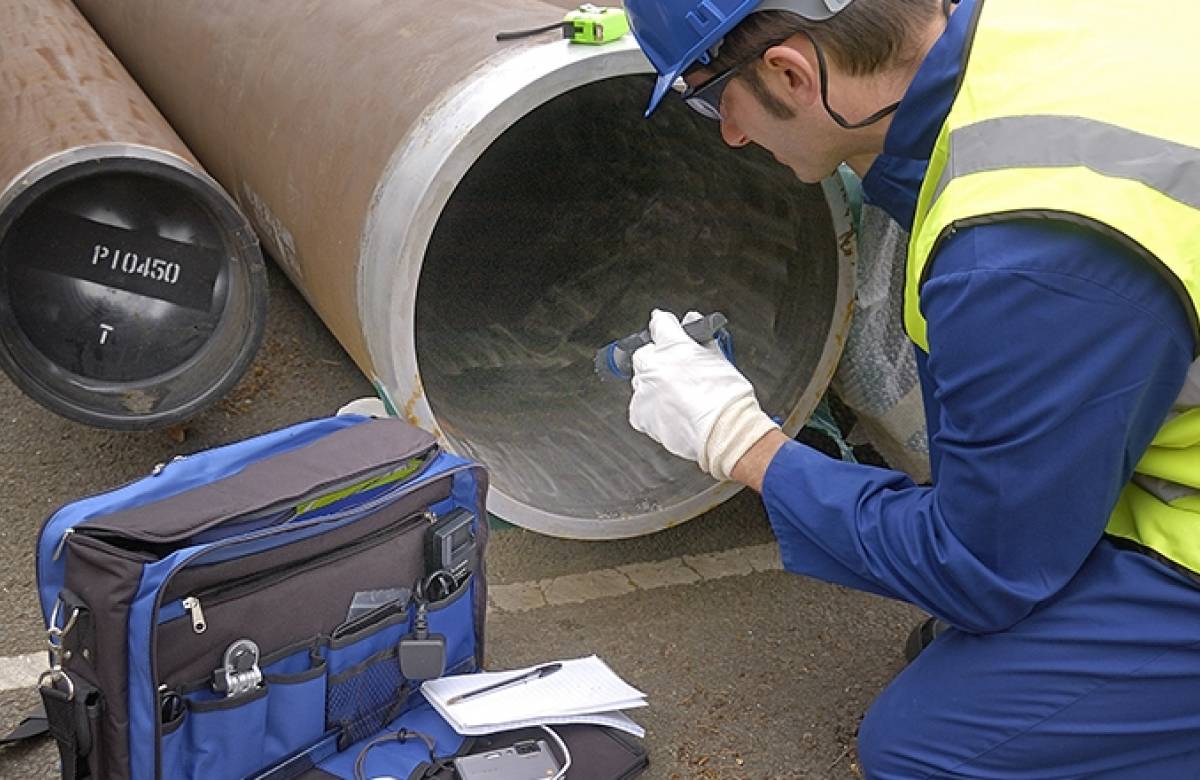
We reject with clear conviction the complacency of those who place convenience above compliance—who are misled by the illusion of immediate ease, blind to the consequences that faulty equipment and unchecked systems bring. These cases are not complex; they are clearly distinguishable to those who choose foresight over shortcuts.
In moments of clarity, when decision-making is unburdened, structured inspection and testing emerge as the pillars of operational safety. Still, many hesitate, unsettled by unfamiliar protocols. Procedures, though outlined, are often ignored—sociable perhaps, but not sustainable. Earnestly, some pretend all is well; only a few seek the deeper assurance that true inspection offers.
Excellence is not claimed; it is confirmed—through certified tests, calibrated tools, and meticulous reports. Time moves on, and systems untested falter. To continue without verification is to speak in the language of risk. Some may not value it now, seeing testing as tedious, yet in the end, results separate the structured from the speculative. With age, comparison reveals the wisdom of those who tested before they trusted.
From Precision to Proof: The Testing Journey
Planning & Preparation
We begin by identifying the scope of inspection and relevant standards. This includes reviewing client specifications, preparing checklists, and selecting calibrated equipment and qualified inspectors.
On-Site Inspection & Testing
Our team conducts visual inspections, non-destructive tests (NDT), and functional evaluations as required. All activities are performed in accordance with international standards and project-specific requirements.
Reporting & Certification
Following inspection, we compile detailed reports outlining findings, test results, and compliance status. Where applicable, we issue third-party inspection certificates to validate equipment and system integrity.

